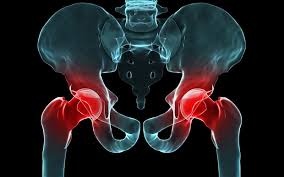Arthroscopy
An arthroscopy is a type of keyhole surgery used both to diagnose and treat problems with joints.
The procedure is most commonly used on the knees, ankles, shoulders, elbows and wrist.
An arthroscopy might be recommended to look at the inside of the joints if imaging tests have been performed and you have problems such as swelling or stiffness.
As well as allowing a surgeon to look inside a joint, an arthroscopy can also be used to treat a range of problems and conditions. For example, it can be used to:
- repair damaged cartilage
- remove fragments of loose bone or cartilage
- treat frozen shoulder
Read more about when an arthroscopy is used.
What happens during an arthroscopy?
A piece of equipment called an arthroscope is used during an arthroscopy. An arthroscope is a small, metal tube about the length and width of a drinking straw. Inside, a bundle of fibre optics act as both a light source and a camera. Images are sent from the arthroscope to a video screen or an eyepiece so that the surgeon is able to see the joint.
It is also possible for tiny surgical instruments to be passed through an arthroscope to allow the surgeon to treat certain conditions.
The arthroscope is inserted into a small incision next to the joint. More small incisions may also be made to allow an examining probe or surgical instruments to be inserted.
An arthroscopy is usually carried out under general anaesthetic. Although, in some cases a spinal or local anaesthetic is used.
An arthroscopy is usually performed as a day case procedure, which means the person being treated is able to go home on the same day as the surgery.
Read more about how an arthroscopy is performed.
Safety
An arthroscopy is usually a safe type of surgery and the risk of serious complications developing is low (less than 1 in a 100).
However, possible complications include infection and accidental damage to nerves near the affected joint.
Read more about the complications of an arthroscopy.
Advantages
An arthroscopy is carried out using keyhole surgery, where only small cuts are made in the skin. This gives the procedure some potential advantages over traditional, open surgery including:
- less pain following the operation
- faster healing time
- lower risk of infection
- it can be performed as a day case procedure
- you may be able to resume normal activities more quickly
Recovery
The time it takes to recover from an arthroscopy can vary depending on the joint involved and which procedure was necessary.
It is often possible for a person to do light, physical activities one to three weeks after having surgery. Full physical activities, such as lifting and sport, can often be resumed after six to eight weeks.

1385290577.jpeg)






Comments
Comments 0